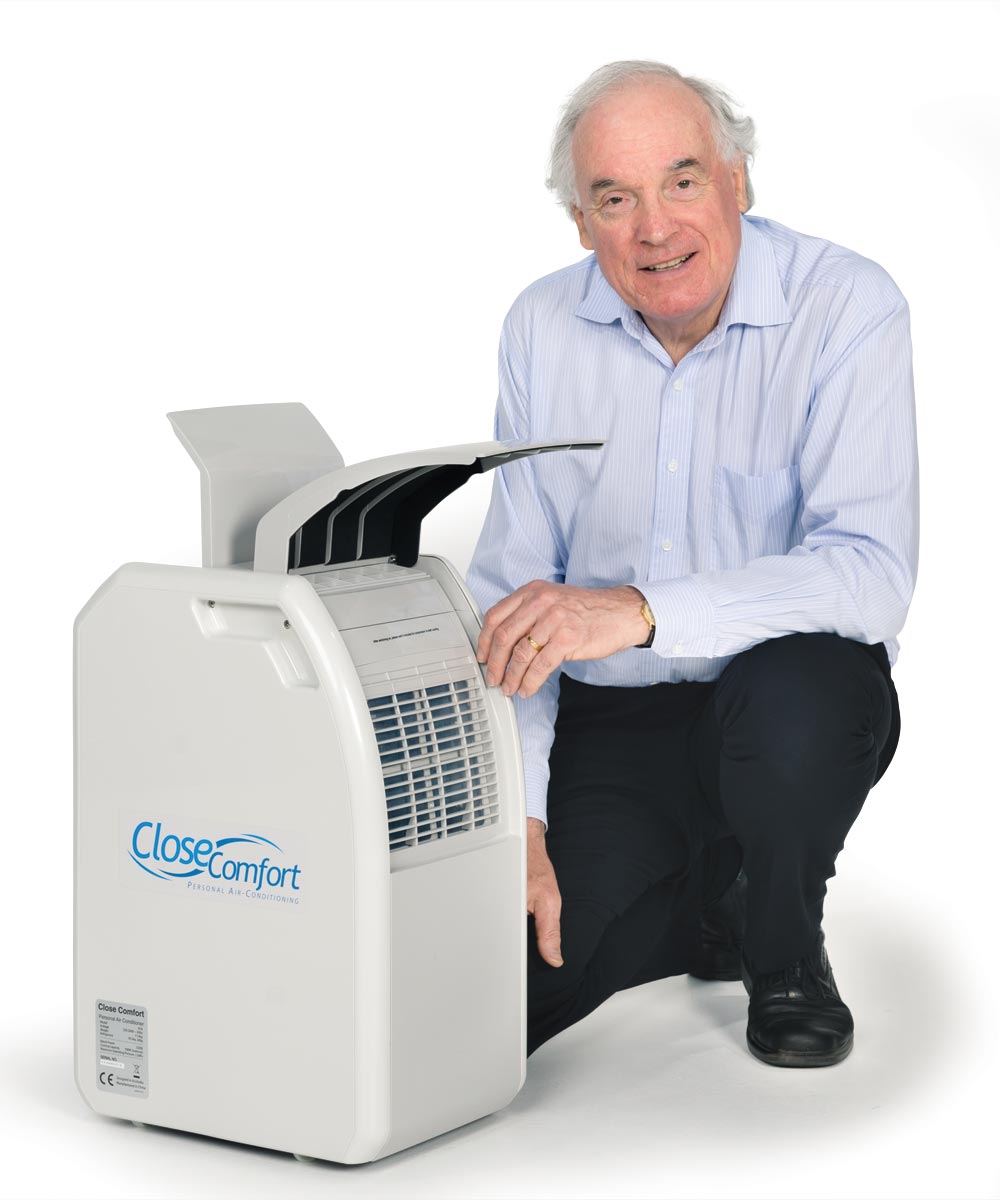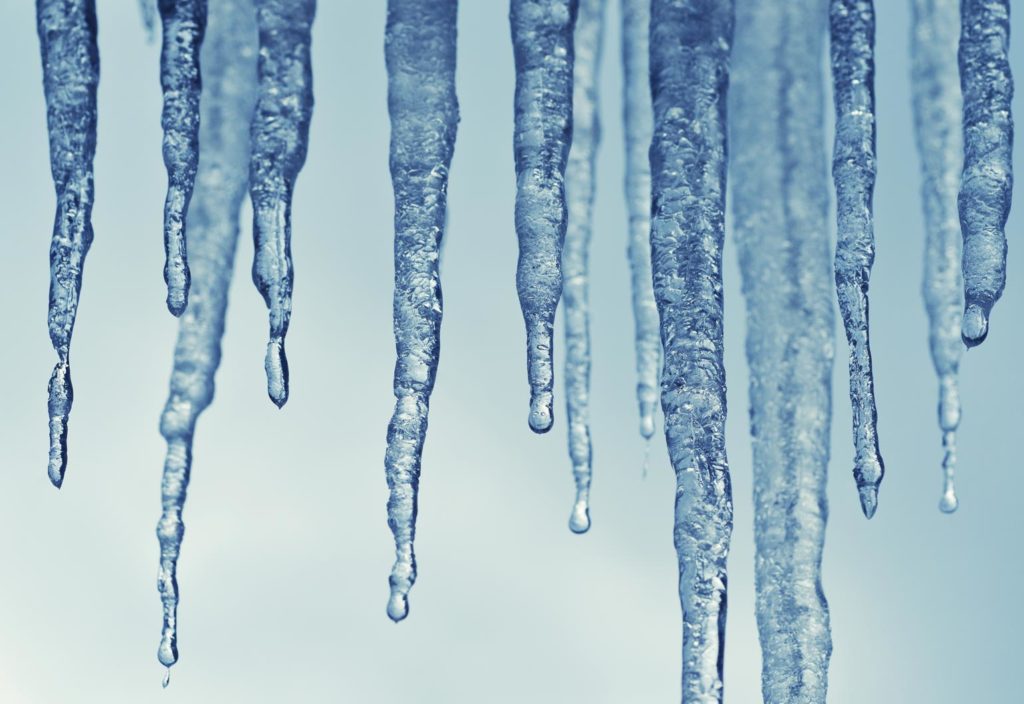Professor James Trevelyan opens up about the many inspired inventions that have characterised his vast career.
Pointing across his office to the small appliance projecting cool air, Professor James Trevelyan gives a working example of his engineering philosophy — that necessity is the mother of invention.
He said that good engineering enables people to do more and live more comfortably, and with greater certainty, less effort and less consumption of energy.
But it was a lack of good engineering — regular power outages on hot nights in his wife’s native Pakistan — that inspired that small, quietly humming air conditioning unit.
The invention, along with the rest of his body of work, won Trevelyan the Professions award in last year’s Western Australian of the Year Awards.

Trevelyan, an Engineers Australia Fellow and University of Western Australia School of Mechanical and Chemical Engineering Winthrop Professor, laughs as he recalled a night when it was 40°C indoors with 70 to 80 per cent humidity.
“We had a battery inverter that could generate about 300 W, so I was trying to think of something that would run on that amount of power,” he said.
The result was Close Comfort, a tiny portable air conditioner that creates a microclimate providing localised cooling.
Conventional air-conditioning technology focuses on cooling entire buildings, but Trevelyan said that wastes energy when it is actually just the people who require cooling.
“Close Comfort runs on 300 W, whereas a conventional air conditioner for a room of this size” — about 5 m x 5 m — “would require 2.5 kW or more, so it is incredibly energy efficient,” he said.
Close Comfort produces a near laminar stream of air and directs it to where cooling is needed, as opposed to creating a turbulent air flow that mixes up the air in a room.
Trevelyan said the machine also exploits human physiology, which dictates that if the face is being cooled then it will have a flow-on effect to the rest of the body.
Based in Perth, Trevelyan’s company, Close Comfort, is now marketing its namesake product in five countries, including developing countries like India and Pakistan.
Shear genius
Trevelyan also led the team that pioneered sheep-shearing robots for the wool industry between 1976 and 1989.
“At the time we realised we needed a different kind of education, because it didn’t make sense for engineers to learn how to write software on the job, or learn how to design electronics on the fly,” he said.
“So it was projects like the sheep-shearing robot and other similar projects around the world at the time which gave rise to the field of mechatronics.”
The team decided the traditional hand-shearing tool was the best way to cut wool and so set out to emulate expert shearers and recreate their skills in a machine.
The robot used a machine vision system to generate geometric models of the sheep’s surface, determining the arm trajectories and providing feed-forward information into the cutter motion-control system.
While the robot was not put into widespread use, the team found that the system provided a successful working example of sensor-based control, trajectory adaptation and online strategy planning.
In 1993, Trevelyan led a team of students to create “Australia’s Telerobot on the Web”, a six-axis industrial robot linked to the internet and one of the earliest demonstrations of the Internet of Things.
A thirst for more
Today, at 70, Trevelyan is not slowing down. He told create that life keeps on getting faster. He is turning his attention to providing clean drinking water in developing countries where water supply utilities are a “disaster”.
The main cost is not in filtration, he said, but in distributing safe water.
“I would like to create a water distribution system where people see value for money and will repay the cost of the service,” he said.
“We need a deeper understanding of people’s behaviour and value perceptions around our engineering work, and that has to be as much a part of an engineer’s knowledge as any technical discipline.
“It’s not rocket science, yet holds immense potential for Australian firms.”
Making it count
Some of Professor James Trevelyan’s later research has examined how engineers create commercial value from their work.
“A lot of the engineers I interviewed often said they spent their time looking at spreadsheets or signing off on design specification documents and that they don’t get to do any ‘real engineering’,” he told create.
“My goal is to say to engineers who think they are not doing anything fancy that they actually are creating immense value by enabling investors to invest big money by reducing the apparent risks or protecting social and economic value already invested.”
This article was originally published as “Cool runnings” in the April 2019 issue of create magazine.
